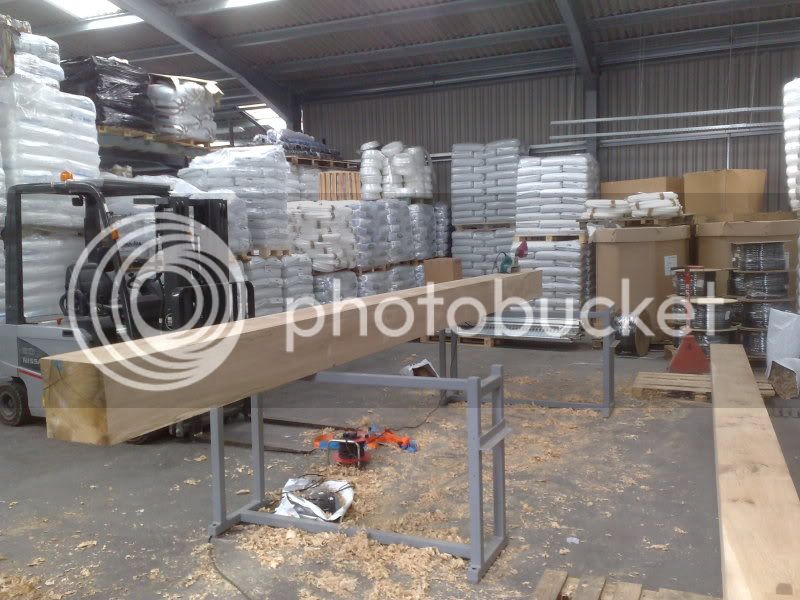condeesteso
Established Member
Derek - respect!! - that, I like. Came out looking really good. I have a 16" x 2" x 9 foot ash board, set to be a centre in a tabletop - I have no choice other than get the planes out and sort it. Kind of looking forward to it, but I may be a bit strange. As for the original post, I really think that it can be as fast to do it the hand way... unless you are into mass production. Enjoy it! (but hone those blades first).
And something I picked up: cheap good winding sticks - get a length of 1 x 1 ali extrusion (right-angle) and cut 2 off 18" - 24" lengths - cheap, quick, very effective.
And something I picked up: cheap good winding sticks - get a length of 1 x 1 ali extrusion (right-angle) and cut 2 off 18" - 24" lengths - cheap, quick, very effective.





